Toyo Celsius II All Weather Touring Tire Long Term Review

PROS | CONS |
|---|---|
Wet Weather Performance | More Road Noise |
Cornering Grip in Snow | Acceleration / Braking in Snow Not s Good as Winter Tire |
Size Availability |
Part 1 – Winterish Test
It’s been an unusually mild winter. We’re past halfway and in our region, there’s been hardly any snow to speak of. Although great for summer sunshine aficionados, it’s not so great when trying to accomplish a year-long, four season, all-weather tire test.
What is an All-Weather Tire
Let’s rewind a bit to the fall of 2023. That’s when we decided to install Toyo’s latest all-weather tire, the Celsius II, onto our 2023 Subaru Crosstek. For those unfamiliar with the term, all-weather is a relatively new class of tire that splits the difference between all-season tires and full winter tires.
The goal of all-weather tires is to perform well in snow and ice conditions while not becoming too squishy, and/or degrade rapidly during the hot summer months. It’s a best of both worlds proposition and does contain the three-mountain peak winter tire designation. But does it work in the real world? That’s what we planned to find out.
With the tires installed and we waited for winter’s furry. We waited, and waited, and waited some more. By mid-February, we’ve experienced one slushy storm, and a mild snow fall that lasted on the ground for all of 12 hours. Still, it was enough to get a preliminary feel for the tire’s winter performance.
The Celsius II All-Weather Touring Tire
The Celsius II’s main objective is the provide reliable performance throughout all four seasons. Toyo designed the tire to handle below freezing temperatures, scorching summer pavement, as well as rain and snow. The tire has different segments, each designed to handle different driving scenarios. On the outside of tire is ample rubber, to increase cornering abilities. The center is designed for accelerating and braking, while the inside is constructed for greater tire stability.
The tread pattern is a bit blockier than an all-season tire, complete with zigzag shaped tread blocks and built in sipes to aide in the rain and snow. Toyo calls the jagged edge tread blocks Snow Claws, designed to dig through deeper show. Next to them is a Slush Groove that is designed to evacuate slush and excess water, improving traction.
With the tire splitting the difference between all-season and full winter tire, it's no surprise that this is the case with road noise as well. A bit more tire hum is heard inside the cabin compared to lower rolling resistant all-season rubber.
When the weather is clear, the tread blocks will interlock under higher loads, like when cornering. This improves the tire’s stability and provides more grip on dry surfaces.
Toyo states the company has a specially created silica compound, which is the mixture used to build the rubber. It’s designed to provides high levels of grip in both wet and dry conditions. It should remain flexible in the winter, but not lose structural integrity in the summer.
Rain Test
With such a long delay in winter’s arrival, I’ve had plenty of time to test the tires in rainy, wet conditions. In short, the tires are highly impressive in these conditions. Acceleration provides zero slip, which is what is expected on a low power, all-wheel drive SUV like the Crosstrek. Braking performance is basically what we expect from this tire class, if not better.
It’s cornering though where we’re really impressed. Even with torrential rain near the freezing mark, the lateral grip is in abundance. I’ve driven on plenty of all-season and winter tires that do not grip the way the Celsius II does in the rain. This may be the strongest characteristic of all-weather tires.
Slush Test
Our first taste of winter came in the form of a slush storm. About two or so inches of the wet, icy muck coated secondary road surfaces. Of course, I immediately headed out to put the tires to the test.
Like in the rain, cornering grip once again was highly impressed. The break-off point where the tires lose all traction and begin to slide is at a higher speed point than I anticipated. Acceleration was as expected, with minimal slip on the icier road sections.
Braking was the tire’s weakest trait in these conditions, with the ABS mildly kicking in under hard breaking. They didn’t squirm and try to pull side to side, but compared to what I’m used to, a little bit extra distance was required to bring the Subaru to a full stop.
Light Snow
Our first, and only, snowfall occurred a few weeks ago. Again, just a few inches fell to the ground, but I was able to get some evaluating done. The Celsius II strong point is still cornering grip in these conditions. They equal most winter tires I’ve encountered in similar conditions.
Acceleration and braking both produced wheel spin and skidding, a by-product of the tread design versus a full-fledge winter tire. By trying to provide above average summer performance and reducing road noise, the tread pattern on an all-weather tire like the Celsius II isn’t as aggressive as found on a tire meant to spend all of its days on the snow and ice.
During a drive to Buffalo one day, we drove through a moderate snow squall. With the freeway coated in snow, stability was acceptable with these Toyo’s as they never felt prone to pulling from one side to the other, when catching transport-truck-created-snow-ruts.
The Early Verdict
As of this writing, the Toyo Celsius II All Weather Touring Tires is available in 76 sizes, for wheels ranging from 15 to 22 inches in diameter. The tire comes with a 500-mile trial offer as well as a 60,000-mile warranty.
Of course, none of the conditions tested thus far are what I would consider a real winter evaluation. Here’s hoping a good size winter storm hits before too long. Rest assured, if/once the white stuff heavily drops from the ski, I’ll be out there, evaluating the Toyo Celsius II tires and provide an update. Then, later in the year, it’s on to the spring and summer portions of this test.
Become an AutoGuide insider. Get the latest from the automotive world first by subscribing to our newsletter here.

A 20+ year industry veteran, Mike rejoins the AutoGuide team as the Managing Editor. He started his career at a young age working at dealerships, car rentals, and used car advertisers. He then found his true passion, automotive writing. After contributing to multiple websites for several years, he spent the next six years working at the head office of an automotive OEM, before returning back to the field he loves. He is a member of the Automobile Journalists Association of Canada (AJAC), and Midwest Automotive Media Association (MAMA). He's the recipient of a feature writing of the year award and multiple video of the year awards.
More by Mike Schlee



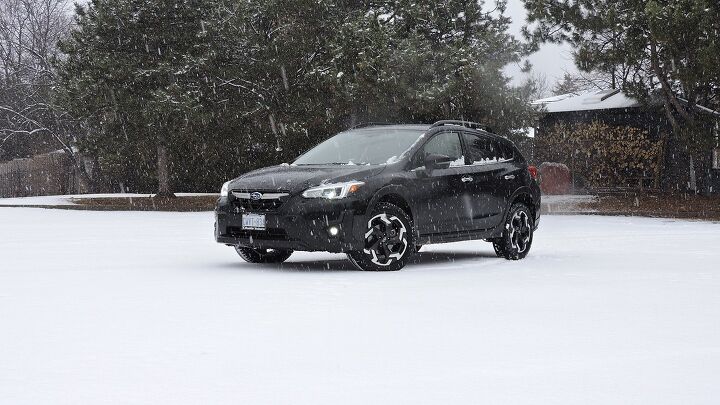

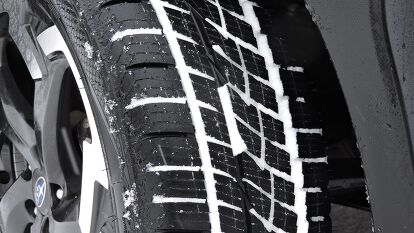

































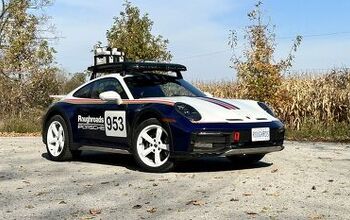
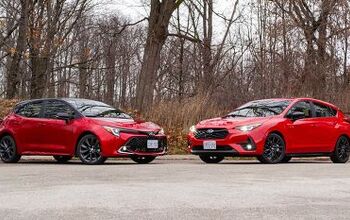
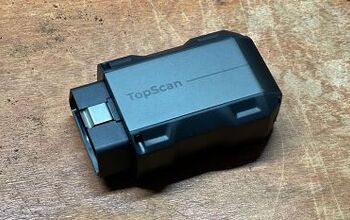



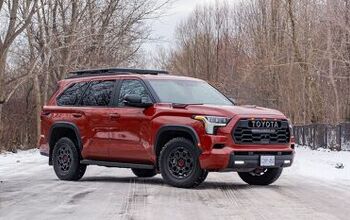
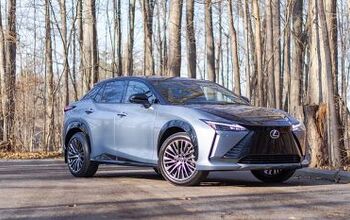


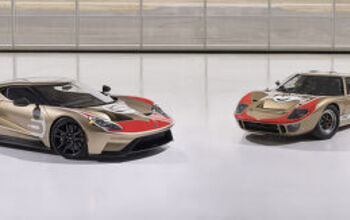
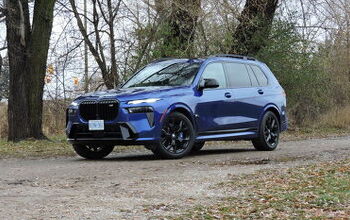



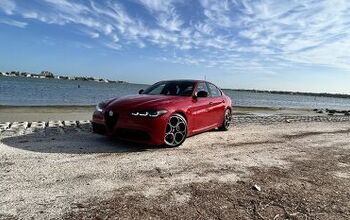
Comments
Join the conversation